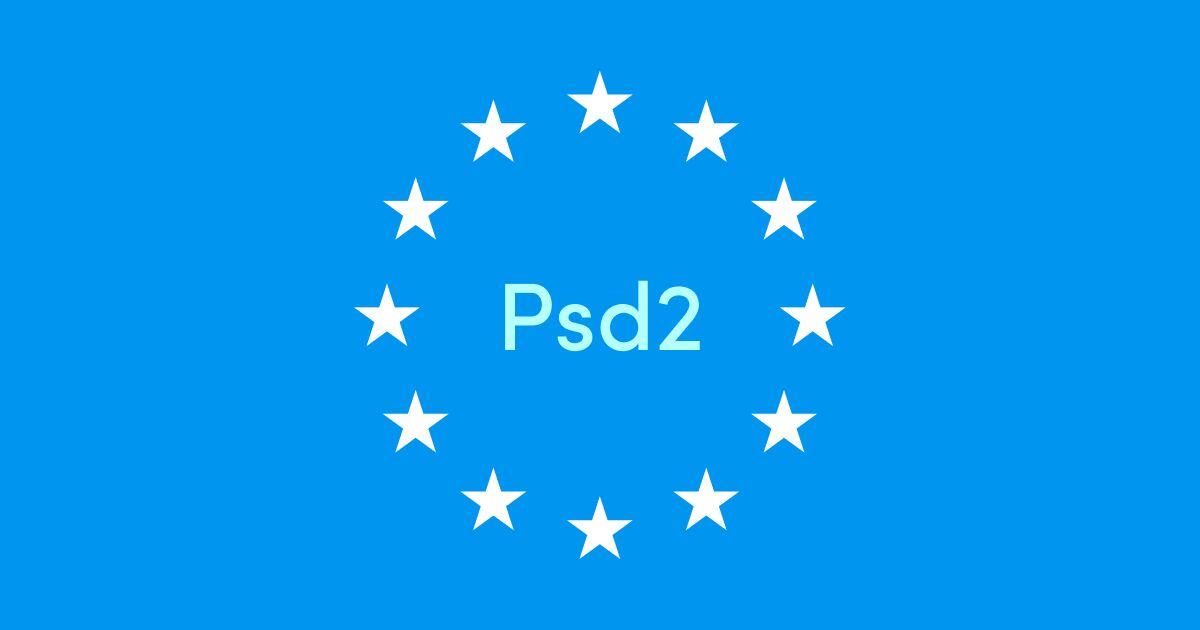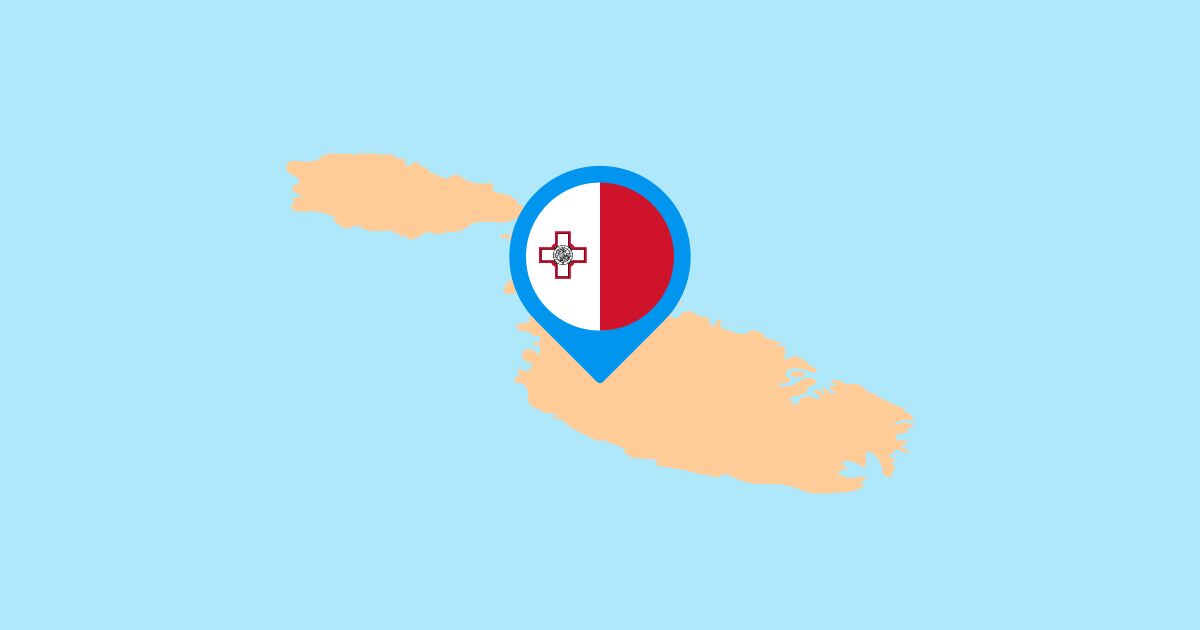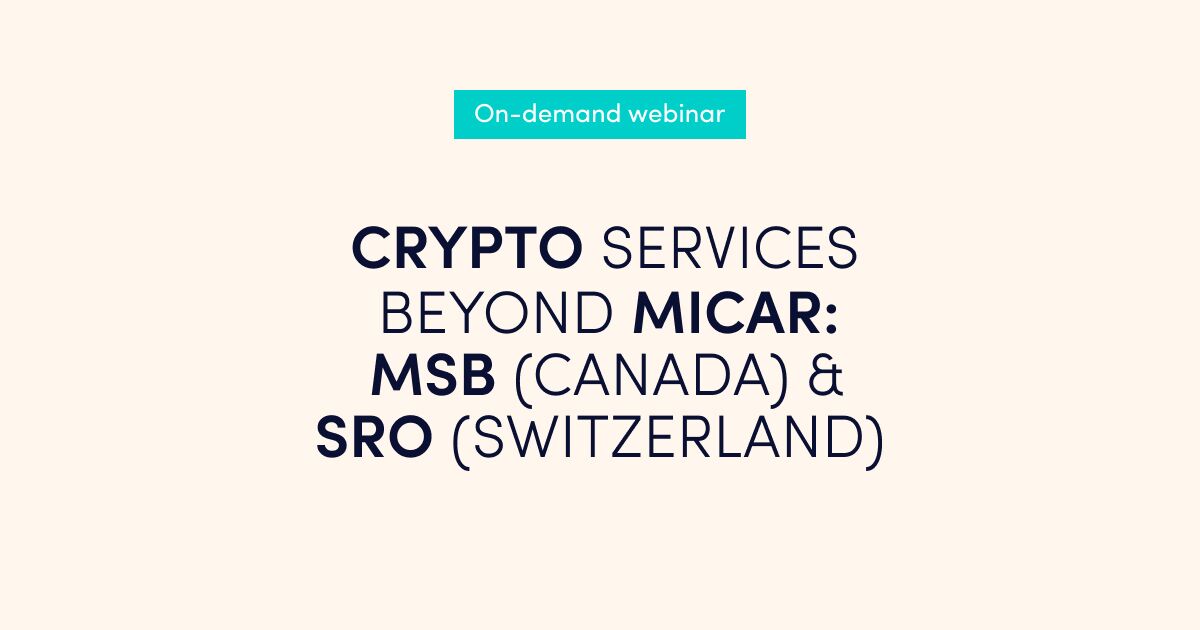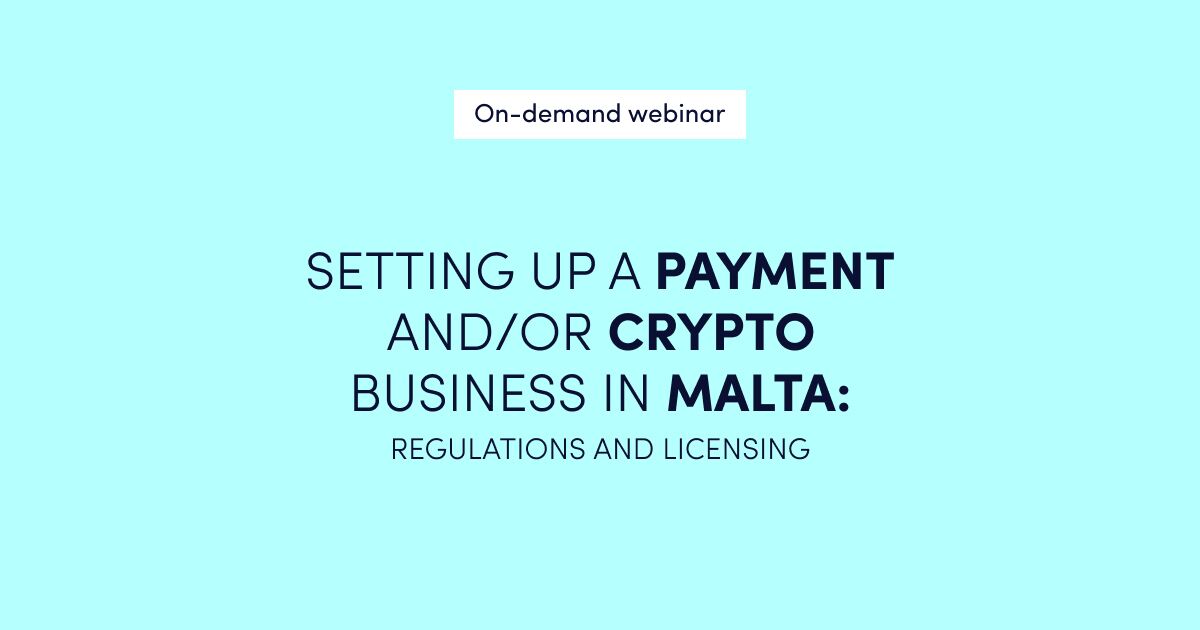PSD2 is a European regulation for electronic payment services to make payments more secure, boost innovation and forces banking services adapt to new technologies. PSD2 requires banks and other financial institutions that manage payment accounts for customers to provide third-party services with access to those accounts via Open APIs if the account owners give their consent.
What is the Payment Services Directive (PSD)?
The Payment Services Directive (PSD) is the European Union (EU) Directive that was developed to regulate payment services and payment service providers in the European Union (EU) and European Economic Area (EEA).
The European Union adopted the Payment Services Directive in 2009, when a legal framework for the Single Euro Payment Areas (SEPA) was introduced.
The recently revised Payment Services Directive (PSD2) is the first step towards open banking that came into force in 2016 because of the increasing number of fintech companies in the financial industry. Recently, the implementation of strong customer authentication (SCA) under PSD2 was temporarily delayed, and the European Banking Authority extended the final deadline to December 2020.
The updated directive requires banks to give third-party providers (TPPs) access to customer accounts and data. Nevertheless, customers have to provide the consent to allow TPPs access, use and process their data. The PSD2 will make payments in the European Union more efficient and secure. The new directive aims to promote innovations and elevate consumer protection and payment security across the European Union. The principal element of the PSD2 is Strong Customer Authentication (SCA) that makes online transactions more secure and reduces payment fraud.
Electronic Identification and Trust Services (eIDAs)
Common and secure communication (CSC) is another essential PSD2 component. Electronic Identification and Trust Services (eIDAs) are regulatory standards for online transactions across the European Union (EU). Digital certificates defined by eIDAS are used for identification and verification of banks and payment service provider (PSP), encryption of communications, and provision of electronic seals on transactions and data communicated between different financial institutions. The PSD2 standards state that identification of Payment Service Providers (PSPs) relies on eIDAS certificates.
What is the EU’s objective of PSD2?
The PSD2 aims to develop a single integrated payment industry that has standardised directives on how banks and other payment service providers operate. Also, PSD2 ensures accountability and fair competition because the regulation lowers the barriers for entry to third-party providers.
About Advapay
Advapay is a technology company providing the Digital Core Banking platform to empower fintech clients or digital banks to start their businesses and accelerate digital transformation. The platform delivers all essential functionalities, a front-to-back system and a set of tools to customise and bring new integrations. With Advapay, potential and existing customers can connect either to the cloud-based SaaS or on-premise software. Besides the technical infrastructure, the company provides business advisory and fintech licensing services. Interested to learn more, please drop us a message.








